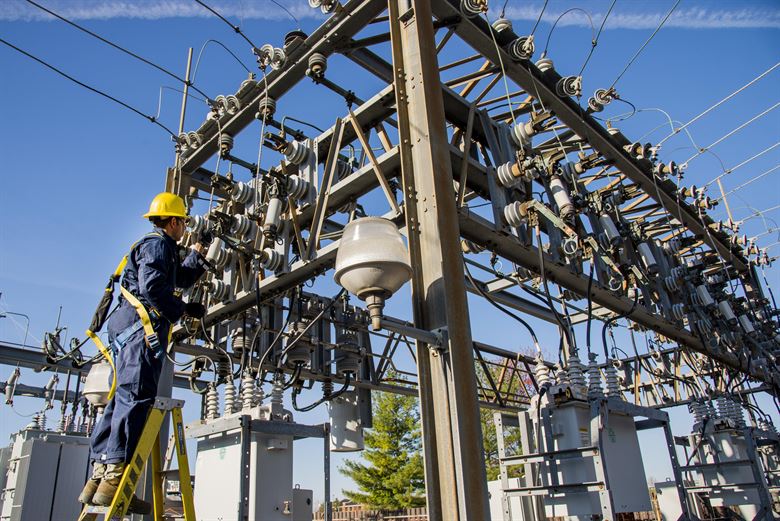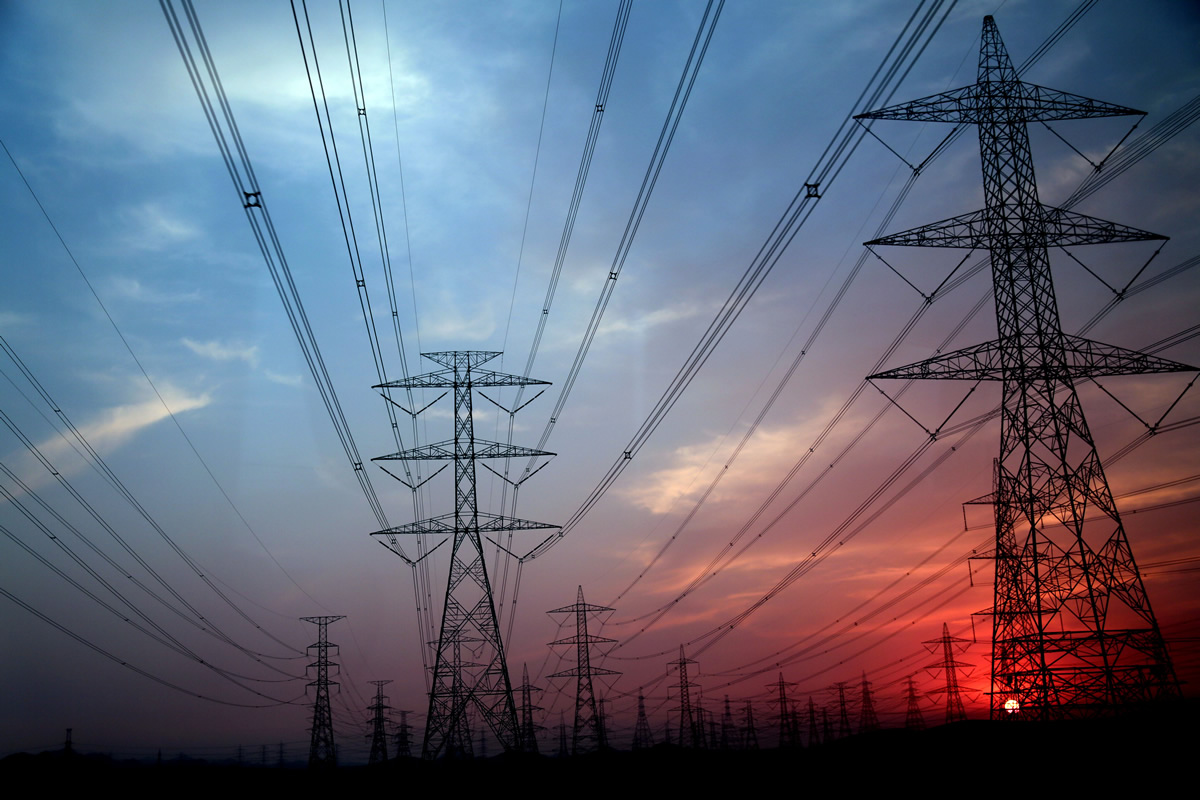In a recent quarterly report that tracks grid modernization efforts around the country, the North Carolina Clean Energy Technology Center says that in the second quarter of 2019, 44 states plus DC and Puerto Rico took over 400 actions related to grid modernization.
Grid modernization “actions” were defined as policy initiatives, new plans to implement advanced energy technologies, and actual deployments. The technologies range from smart grid and advanced metering infrastructure, to energy storage, microgrids, and demand response programs, as well as reforms to utility rates and business models.

These modernization efforts are intended to make the grid more resilient, responsive and interactive, while at the same time reducing carbon emissions and expanding clean energy portfolios. Among the highlighted state projects reported in 2019 were:
- Minnesota has mandated cost benefit analyses of energy storage and authorized new storage pilot projects.
- The District of Columbia has conducted a major grid modernization study which resulted in numerous recommendations for distributed energy, microgrids and increased renewable energy investments.
- Nevada legislators have directed their public utilities commission to enable alternative rate making plans for utilities, including performance-based rates and mechanisms for profit sharing.
- In Puerto Rico, where the grid was almost entirely destroyed by Hurricane Maria in 2017, the territory’s new Integrated Resource Plan calls for division of the island into eight mini-grids, each of which could be islanded in case of an extreme weather event, as well as new investments in solar and storage.
All over the country, there are new mandates to evaluate “non-wires alternatives” instead of making expensive investments in transmission and distribution infrastructure. Many states are also considering the next generation of renewable portfolio standards, which is likely to include newfound emphasis on energy storage and criteria that would reward resilient energy systems.
Michigan’s MI Power Grid Initiative
The state of Michigan is now joining these other states in embarking on a new grid modernization effort that will explore non-wires alternatives and various incentives to incorporate more clean energy. Michigan plans to leverage these efforts to curb carbon emissions and increase the use of renewable energy while mandating utilities to continue to provide reliable power to customers.
Announcing Michigan’s MI Power Grid initiative recently and describing it as a multi-stakeholder process to reform the energy sector, the state’s new Democratic Governor Gretchen Whitmer said the plan was designed to guide residential and business customers “through the energy industry’s rapid changes in the transition to clean energy.” She added that Michigan needs to update its electric grid in order to promote economic growth and protect public health and safety.
MI Power Grid will focus on three key areas of activity:
- Customer engagement
- The integration of new energy technologies such as microgrids, energy storage, digital controls and electric vehicles
- Investments to optimize grid performance.
Aside from developing an agenda for new outreach and education programs, MI Power Grid aims to update the state’s utility regulations to enable a smoother and more rapid transition to clean energy. Those updates could include increased demand response programs for C&I customers, time-based electricity rates, and special tariffs for distributed generation and “green pricing.”

The state’s largest utility, Consumer’s Energy, approved the new plan, which should lead to new interconnection rules, and a standardized process for incorporating more distributed renewable energy into the power grid. Consumer’s Energy has announced plans to cut carbon emissions by 80% and get 40 percent of its power from renewable energy by 2040.
